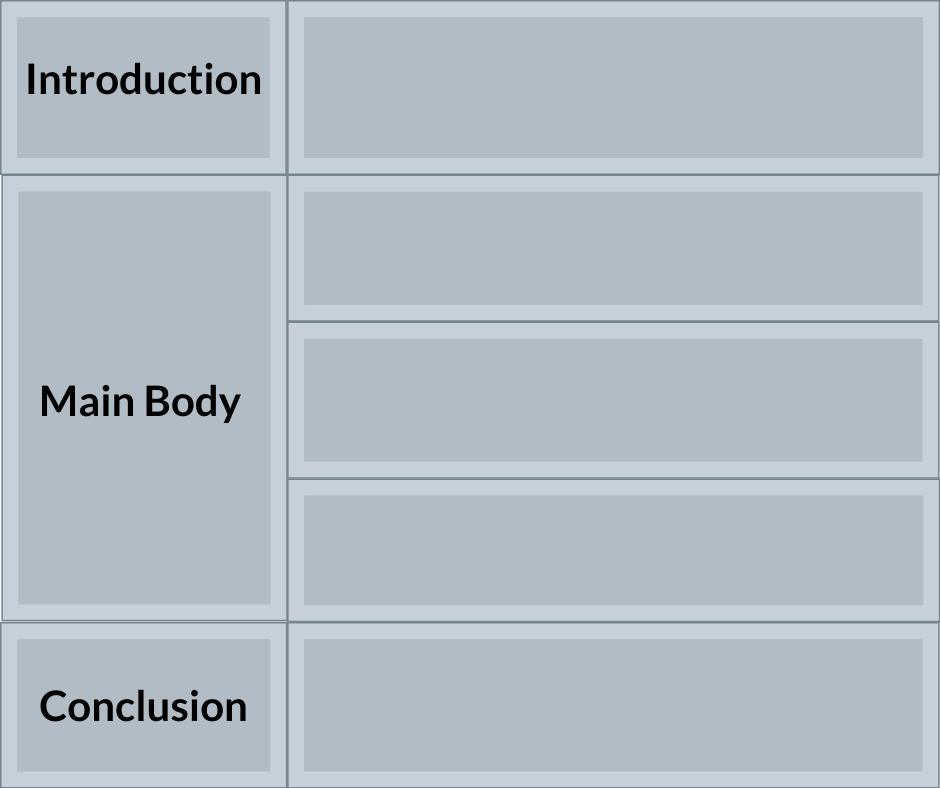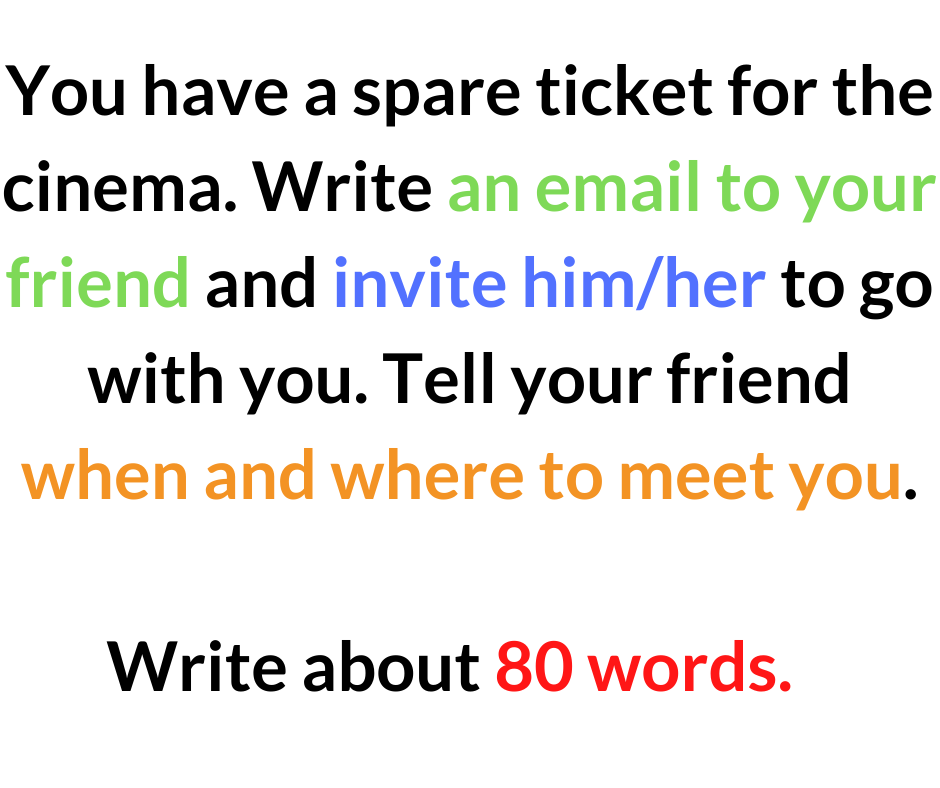Only a few days ago did I realise that a lot of tasks I had previously used with my Entry 1 students in the face-to-face environment as well as with my Level 2 CAE in the digital world, can be used flexibly to boost collaboration and interaction online.
With slight adaptations regarding the instructions and planning the content at the right level, you create personalised opportunities which will boost motivation and help learners to memorise things better.
The tasks can be used independently or as a series, for which you may need to allocate a few sessions.
What do you need?
• a shared document (or, if in a classroom, some paper, scissors and glue);
• breakout rooms for group/pair work;
• assessment criteria (especially if you are preparing your students for the writing exam);
• exam past papers for guidance and reference;
• and time to plan the tasks.
If you plan to ask the students to offer some peer feedback, make and agree on the rules first.
1. Modelling stage
Pick a text and scramble it (the lengths of the parts depending on the level of the group, the higher the level, the smaller the chunks), but check first, if there are no ambiguities. Prepare the task instruction, if possible, structured the same way as in the past papers.
Ask the students to put the text in order.
Differentiation:
- Distribute texts of different types or on different topics, if this is a revision exercise.
- Provide the learners with a simple table indicating the text structure, to follow all the parts of the instruction; with the introduction, main body and conclusion.
For example:
Write an article for your teacher about when you first met a new friend. Write about:
» what you were doing when you met him/her
» what happened on that day
» what you enjoy doing together.
Write about 150 words.

https://www.trinitycollege.com/qualifications/english-language/ESOL-skills-for-life/ESOL-Skills-for-Life-Entry-level-3-resources , accessed on 29/01/21
- Ask the learners to highlight all important parts in the instruction and change each part’s colour to differentiate them, then ask them to write each corresponding part of the text using the allocated colour.
For example:

https://www.trinitycollege.com/qualifications/english-language/ESOL-skills-for-life/ESOL-Skills-for-Life-Entry-level-3-resources , accessed on 29/01/21
When doing the whole-class feedback, focus on the links and the importance of following instructions.
2. Let’s write it together!
Give a slightly different task instruction to each pair/group.
Mix the text types if this is revision.
Differentiation:
- As in Point 1, provide the learners with a simple table indicating the text structure or suggest to use colours.
- For stretch and challenge, you may feed forward and give each group a set of certain elements you want them to include in their work, e.g. 5 adjectives, 2 phrasal verbs or Present Perfect, depending on the level.
- Encourage discussion, it is useful to introduce some phrases first, e.g. Let’s write …/ How about …?/ I don’t think … .
3. Time to proofread it!
If you choose to use the tasks written by the learners (from Point 2), ensure everyone can access the documents. If you work with beginners, you may want to start with using a made-up text with mistakes, ambiguities and missing parts, and discuss what to change together.
Ask each pair/group to focus only on one aspect to proofread for. Following that, create the team names, for example, Spelling Team, Tenses Experts, etc.
Differentiation:
- Agree on the time spent on each text, and after that, allocate a new text to each group or change the group names, so their members can start focusing on a different aspect.
- Visit each breakout room to have a quick look at the work and give some suggestions, if necessary.
- If you ask the groups/pairs to proofread their own work, and if the amendments have been made, ask the learners to expand on their ideas or add some extra elements, e.g. adjectives and adverbs.
4. Metacognitive approach for self-study and revision
Ask the learners to design a poster or a mind map about the type of text they have recently learned about. Give each group a different area to cover and once ready and checked, add the work to the learning platform to be used as further reference. The final copies from Point 2 can be added there, as model answers, too.
5. Text types and gist
This task is useful when doing a revision.
Give each pair/group one text.
Ask the learners to convert that text into a different type, e.g. an email about a new house into a letting agency advert, and add some details, if needed.
Differentiation:
- You may want to use the same type of text, only changing the topic, e.g. a letter about a holiday/a new job/a friend.
- Use the idea from Point 1, ask the students to unscramble the texts and then answer comprehension questions re: gist, purpose, or text types.
May your coffee stay hot and strong!
Joanna






Add Comment